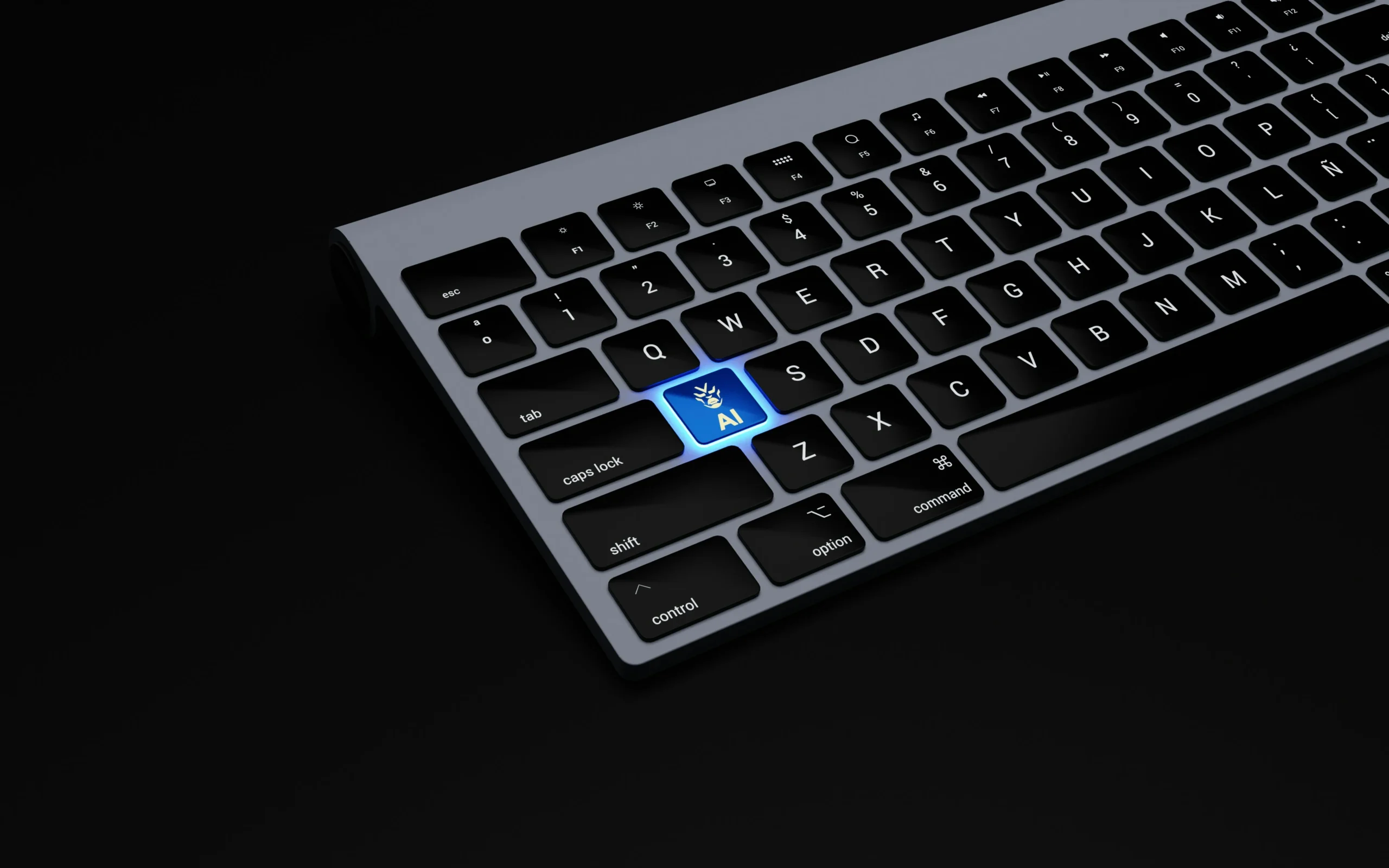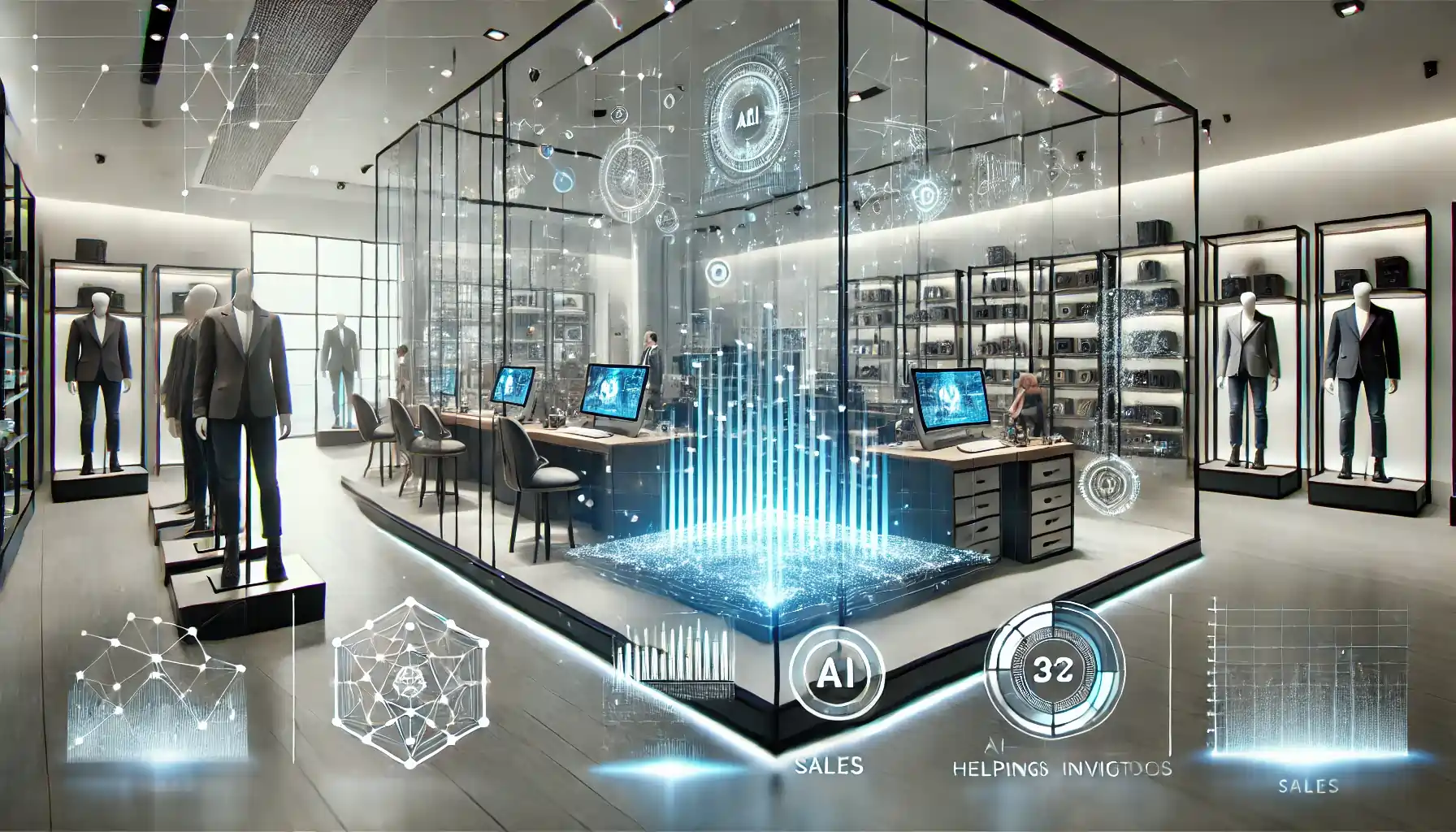In today’s fast-paced business environment, CXOs (Chief Experience Officers, Chief Executive Officers, Chief Financial Officers, and other key executives) are expected to make quick, data-driven decisions that steer their organizations toward success. With the growing complexity of business data, traditional methods of reporting and analysis often fall short. This is where CXO dashboards come into play, offering a streamlined way to track business performance, identify opportunities, and make informed decisions.
What is a CXO Dashboard?
A CXO dashboard is a visual representation of an organization’s most important metrics, presented in an easy-to-understand format that allows executives to monitor the health of the business in real-time. These dashboards consolidate data from various departments—finance, sales, marketing, HR, operations, and more—into one centralized platform. The goal is to provide CXOs with a comprehensive overview of key performance indicators (KPIs) that reflect the company’s goals, challenges, and opportunities.
Why Dashboards are Crucial for CXOs
In the absence of dashboards, CXOs often face data silos, fragmented reporting, and lengthy manual data collection processes. Dashboards address these challenges by providing centralized, real-time access to critical data. Here are several key reasons why dashboards are vital for CXOs:
1. Real-Time Decision-Making
CXOs need up-to-date information to make swift, impactful decisions. Dashboards provide real-time data that helps executives identify and respond to issues before they escalate. Whether it’s a dip in sales, a delay in the supply chain, or a sudden financial downturn, real-time insights are crucial for proactive decision-making.
2. Centralized View of Key Metrics
A well-designed dashboard consolidates data from multiple sources into a single view. This eliminates the need to switch between different tools and platforms to gather insights. CXOs can easily monitor financials, operational efficiency, employee performance, and other KPIs—all in one place.
3. Increased Efficiency
The automation of data aggregation and visualization significantly reduces the time spent on manual analysis. Dashboards automatically update and present key data points, which means CXOs don’t have to waste valuable time collecting, organizing, and analyzing data manually.
4. Enhanced Accountability and Transparency
Dashboards make it easy to track progress against goals. CXOs can quickly see whether their teams are meeting objectives, identify areas for improvement, and hold departments accountable for their performance. This transparency fosters a culture of accountability and continuous improvement.
What Appeals to CXOs in Dashboards?
For CXOs, dashboards must offer more than just a visual representation of data—they need actionable insights that contribute to the organization’s strategic goals. Here’s what CXOs typically look for in a dashboard:
1. High-Level Overview
CXOs require dashboards that provide a quick snapshot of the business’s overall performance. This includes financial health, key sales numbers, customer satisfaction levels, and other top-line metrics.
2. Customization
Every CXO has different priorities, depending on their role. CEOs may focus on overall business performance, while CFOs track financial metrics. Dashboards need to be customizable to allow executives to view the specific metrics that matter most to them.
3. Predictive Insights
CXOs look for dashboards that provide more than just historical data—they want insights into future trends and forecasted performance. Predictive analytics can help them anticipate market changes, customer behavior, or financial fluctuations.
4. Actionable Alerts
CXOs appreciate dashboards that not only highlight issues but also offer actionable suggestions or alerts that help them respond to problems quickly. Whether it’s a sudden dip in sales or an upcoming cash flow shortage, alerts ensure that CXOs act proactively rather than reactively.
5. Intuitive User Experience
The best dashboards are simple to navigate and visually appealing. CXOs are often busy, so a clean, easy-to-understand interface is critical. The focus should be on clarity and ease of use, allowing CXOs to quickly interpret the data and make decisions without unnecessary complexity.
AI-Powered Insights and Suggestions: A Game Changer for CXOs
Incorporating AI-powered insights and suggestions into a dashboard adds another layer of value for CXOs. AI can automate the process of data analysis, identify trends, and offer real-time recommendations based on predictive models. Here’s how AI can transform dashboards into a powerful decision-making tool:
1. Time Efficiency
AI can summarize vast amounts of data, presenting key insights and recommendations that CXOs need to know. This eliminates the need for executives to manually sift through mountains of raw data and reports. AI provides them with actionable summaries, enabling them to make faster decisions.
2. Identifying Hidden Patterns
AI excels at spotting patterns and anomalies in large datasets. This is especially useful for identifying business risks or opportunities that may not be immediately apparent. For example, AI could detect a trend of declining customer satisfaction before it becomes a widespread problem or highlight untapped market opportunities.
3. Predictive Analytics
AI-powered dashboards can leverage historical data to make predictions about future performance. Whether forecasting revenue, customer churn, or operational bottlenecks, these predictive insights help CXOs stay ahead of potential challenges.
4. Personalized Recommendations
AI can tailor insights and suggestions based on an individual CXO’s goals, business unit, and industry. For instance, the CFO may receive recommendations related to cost optimization, while the CMO might get insights on improving marketing ROI. This personalization ensures that each executive gets relevant data that directly aligns with their objectives.
The Challenges of AI-Powered Insights
While AI can greatly enhance decision-making, there are some challenges that CXOs need to be aware of:
1. Information Overload
If AI floods the CXO with too many insights or irrelevant data, it can lead to overwhelm. AI systems need to be properly configured to focus on the most critical metrics and insights that are directly aligned with the business’s strategic goals.
2. Trust and Accuracy
AI insights are only as good as the data they’re based on. If the data quality is poor or if the AI model is inaccurate, it can lead to misleading recommendations. CXOs must ensure the system is backed by reliable data and transparent algorithms that can be easily understood and trusted.
3. Balancing Automation with Human Judgment
While AI can assist in decision-making, it’s important for CXOs to combine data-driven insights with human intuition. Over-reliance on AI for decision-making could lead to the loss of strategic thinking or ignore aspects that require subjective judgment, like company culture or customer relationships.
Conclusion
CXO dashboards, particularly those powered by AI, are an invaluable tool for today’s executives. They provide real-time insights, help executives make informed decisions, and foster a data-driven culture. However, to maximize their effectiveness, these dashboards must be carefully designed to offer relevant, actionable insights that align with business goals.
The key is to balance the power of AI with the need for human insight. When done right, AI-powered dashboards can empower CXOs to steer their organizations more efficiently, make better strategic decisions, and ultimately drive growth.







